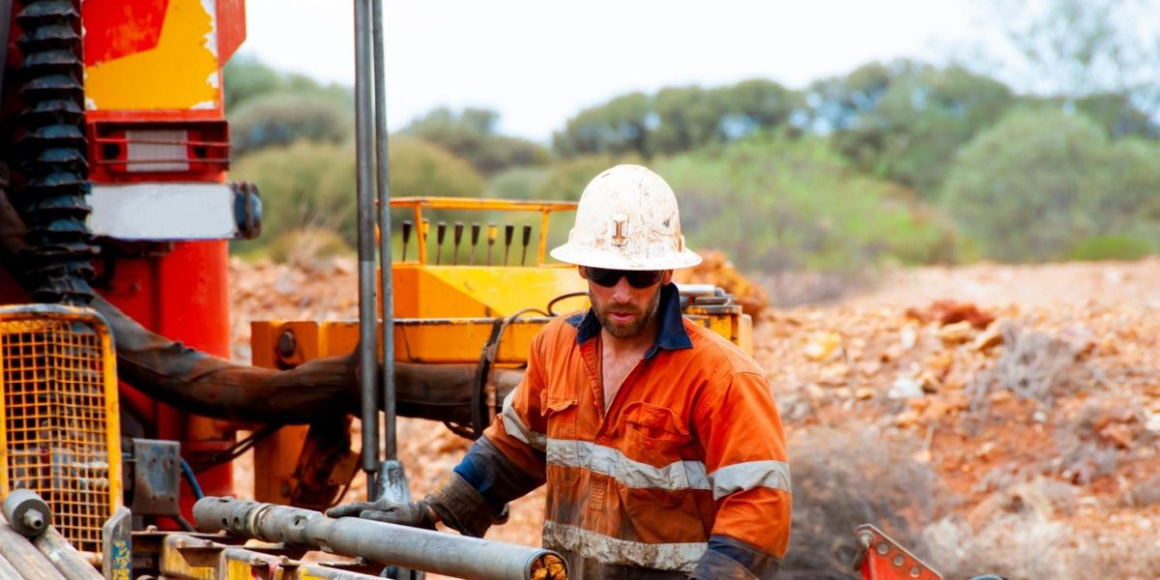Investing in junior mining companies can be tricky, and it’s often challenging for investors to pick winners.
That’s largely because junior miners have one of the toughest jobs in the mining industry: finding mineral deposits. The kicker is that many of these mineral exploration companies don’t actually generate revenue to finance their exploration activities.
Rather, junior miners must present an attractive value proposition to accredited investors. They may then decide to take an equity position in the company, often through private placements.
Junior miners often have low market capitalizations of under $500 million — some mining penny stocks are well under — although more advanced-stage junior mining companies with high-value projects may have market caps of up to $2 billion.
Very few junior miners have the funds and expertise required to develop a deposit into an operating mine; for many, the goal is to hit upon a deposit that’s attractive enough to catch the attention of a major producer that will pay to acquire the asset.
Another path a junior may take is to partner up with a larger firm that can give it access to the financing and qualified experts needed to build and operate a mine. Other junior companies actively search for brownfields projects with past-producing mines and stockpiled ore that can be quickly and cost-effectively brought into production — if successful, they can restart to production and generate cashflow to fund exploration efforts.
Junior mining stocks are inherently risky, and companies frequently fail because of the significant risks involved in each stage of exploration and development. Discovering viable deposits is incredibly difficult and capital intensive. As a result, stock values can shift drastically when juniors report disappointing drill results or less-than-stellar economic studies.
Aside from what could go wrong at the project level is what could go wrong in the markets. The risk appetite of resource investors is very much tied to the ebb and flow of commodities cycles, which can be unpredictable. Understandably, attracting capital in a market downturn can be an insurmountable feat for many junior miners.
High numbers of junior mining stocks are also found on the LSE and the ASX.
Investors should practice due diligence and use as much information as is available if they want to successfully identify investment-worthy junior mining companies. Here are a few tips on how to spot winners:
Management is key in the mining sector. “Success in junior exploration is more a function of people than property,” Rick Rule, proprietor of Rule Investment Media, said in an interview with the Investing News Network. “Most of the value in a company is in the intellectual capital and talents of the people rather than its assets.”
Look for a team roster stacked with players who boast a track record of successful discoveries and projects brought through to feasibility. News about staff changes like resignations, new hires and company restructurings may seem small at first, but team updates are a crucial point to be aware of when choosing juniors.
Keeping up with company announcements is important — juniors are often high-risk investments that rely on strong news flow. The value of a junior mining company is heavily affected by news highlighting exploration activities such as drill results, and business activities such as the development of new partnerships, management changes, financings and disputes. Press releases are a great source of this information.
Understanding technical reports and studies is crucial to understanding the progress of junior mining companies. Mineral resource estimates, preliminary economic assessments and feasibility studies are especially helpful to look out for — they provide information that can help determine the likelihood of a project’s success, its potential challenges and what the payoff might be. Many of these reports are technical, so it’s important to appreciate the details and understand topics like mineral grading, licensing, reserve estimates and metallurgical tests.
This is an updated version of an article originally published by the Investing News Network in 2012.
Securities Disclosure: I, Melissa Pistilli, hold no direct investment interest in any company mentioned in this article.


Leave a Reply